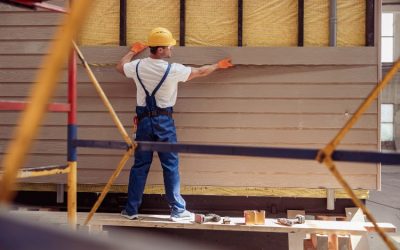There are a variety of different options for use in commercial and industrial water purification processes. For both wastewater leaving a process and fresh water coming into a process, removing dissolved solids, heavy metals, organic contaminants, and even bacteria and viruses is essential.
One of the most cost-effective options for industrial applications is the use of a reverse osmosis filter system. These systems are designed to handle as little as a single gallon of water per minute to much larger requirements of processing a million gallons of water a day. The system membranes, which create the filter effect, should be selected to address the specific filtration levels required.
The Basics
A reverse osmosis filter system uses semi permeable membranes inside a pressure vessel. The water enters the vessel under pressure, and the dissolved solids and other contaminants are removed from the clean water that passes through the membrane. This filtered and pure water is captured in an internal tube. The pure water is then moved out through the tube and used as needed. The contaminants collect on the outside of the membrane where they are concentrated and drained off through a separate system for disposal.
Unlike systems that use gravity and mixed media resin beds to remove the impurities, the reverse osmosis filter system has very low maintenance requirements. By customizing the system and installing the right combination of semi permeable membranes, these systems can operate very effectively without the need for constant maintenance and with a very low energy requirement.
For more information visit Agape Water Solutions, Inc


